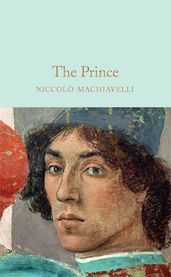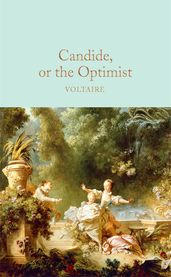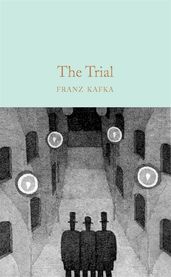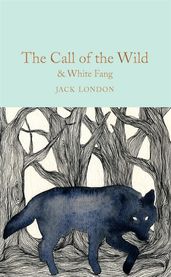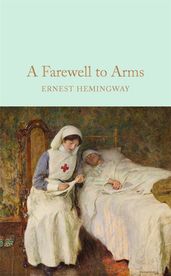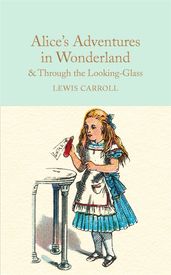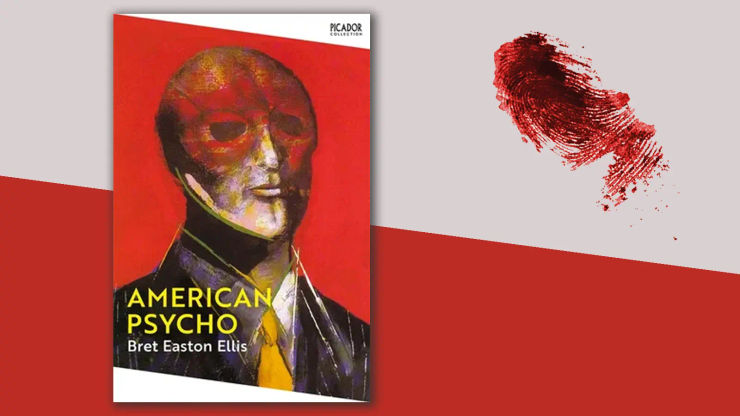Books that were banned and the reasons why
From The Wizard of Oz to Brave New World, here's a list of books that have been banned around the world – and the sometimes surprising reasons why.
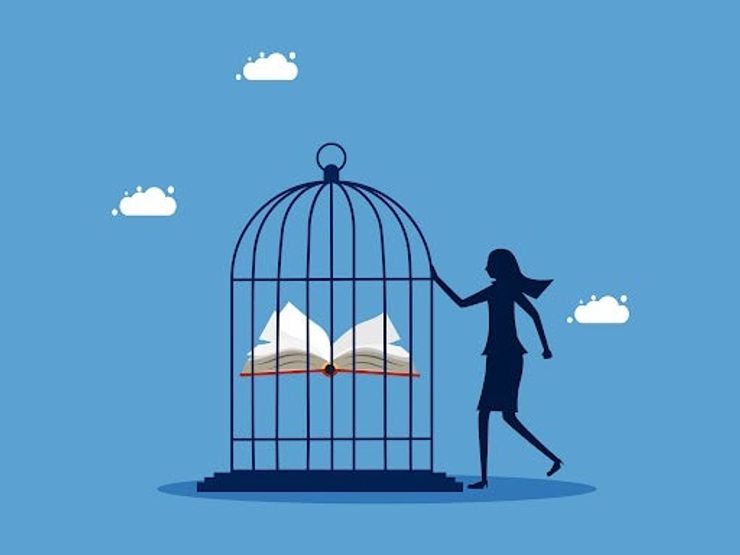
Authors throughout history have struggled to tell their stories in the face of religious dogma and political and social repression. Indeed, in many parts of the world, this is still very much the case. Covering all corners of the globe, this list celebrates some of the books that have been banned throughout history.
The Prince
by Niccolò Machiavelli
Drawing on examples from the ancient Greeks and Romans and from Machiavelli’s contemporaries, The Prince offers – some believed with satirical intent – advice on how a ruler should preserve his power, conduct warfare and maintain his reputation. Satirical or not, the book has the distinction of having been banned at least twice – first by the Pope in 1559 for being anti-Catholic and dangerous, and then by Protestants who felt that it played a role in a 1572 massacre of French Huguenots.
Candide
by Voltaire
Candide is Voltaire’s hilarious and deeply scathing satire on the Age of Enlightenment. It follows young nobleman Candide in his sheltered life under the tutorship of the ridiculous Dr Pangloss who espouses the prevailing 18th-century philosophy of Optimism. While this classic of French literature has been a bestseller for over two hundred years, it was banned by the Great Council of Geneva and the administrators of Paris shortly after its publication in 1759. It was accused of religious blasphemy, political sedition and intellectual hostility.
The Trial
by Franz Kafka
In Kafka's powerful and disturbing novel, an innocent man is arrested and repeatedly interrogated for a crime that is never ever explained. But the ban on Kafka's works in his native land of what was then called Czechoslovakia was only lifted in 1989. He was initially banned under the Nazi occupation of Czechoslovakia during the war and the Soviet regime continued to be suspicious of him after the war. Both The Trial and his other most famous work, Metamorphosis, were banned for twenty years, with the Soviet regime branding him as 'decadent and defeatist'.
Twelfth Night
by William Shakespeare
Shakespeare’s gentle melancholy, enlivened by a comic sub-plot of considerable accomplishment, has long made Twelfth Night a favourite with Shakespearian audiences. Part of what makes Shakespeare so popular is his themes, which have evergreen relevance. However, his works have been banned everywhere from China to Texas at various points. With its joyous approach to cross-dressing characters, Twelfth Night was banned in the school system in Merrimack, New Hampshire for 'encouraging homosexuality.'
The Call of the Wild and White Fang
by Jack London
The vividness of descriptions and the descriptions of life from a non-human perspective, make these two of the most popular animal stories ever written. The Call of the Wild tells the story of Buck, a domestic dog who is kidnapped from his home in California. White Fang is the tale of a crossbreed wolf/dog, who is tamed and taken to live in California. Writing about animals may seem innocuous, but George Orwell proved that our four-legged friends can carry a powerful political message. In Yugoslavia and in Italy, London's books were banned for their radicalism and anti-totalitarian message.
The Wizard of Oz
by L. Frank Baum
Regarded as a modern fairy tale, L. Frank Baum’s The Wizard of Oz is one of America’s most cherished and enchanting children’s stories. The story follows Dorothy, and her loyal dog Toto, as they are carried away from Kansas by a cyclone to the wonderful world of Oz. This may seem an innocent journey, but throughout the twentieth century and across various US states, the book was banned for its strong female characters, use of magic, promotion of socialist values and attribution of human characteristics to animals.
A Farewell To Arms
by Ernest Hemingway
Farewell to Arms was inspired by Hemingway's own wartime experience working for the Red Cross. The story follows an ambulance driver and a nurse as they fall in love and find happiness against the backdrop of the First World War. But the book was banned from entering the Boston newsstands upon publication in 1929 as it was deemed pornographic, despite containing no ‘scenes of a sexual nature’. It was also challenged by parents in US school districts in 1974 and 1980.
Alice's Adventures in Wonderland & Through the Looking-Glass
by Lewis Carroll
It's a warm summer's afternoon when young Alice first tumbles down the rabbit hole and into the adventures in Wonderland that have kept readers spellbound for more than 150 years. This beloved children’s book was banned in China in the 1930s as the then government believed animals using the same language as humans was a religious abomination. In the 1960s multiple institutions in the United States banned the book, believing the caterpillar and his hookah promoted the use of hallucinogenic drugs.
A Study in Scarlet & The Sign of the Four
by Arthur Conan Doyle
All legends begin somewhere, and the two novels here are where one of the world's best-loved legends began. But in 2011, the first of Arthur Conan Doyle’s Sherlock Holmes mysteries was banned from schools in Virginia. Parents complained that Doyle portrayed the Mormon religion in a negative light. While students still argued that it was a good book, the school board agreed that it was not age appropriate and subsequently banned it.
The Well of Loneliness
by Radclyffe Hall
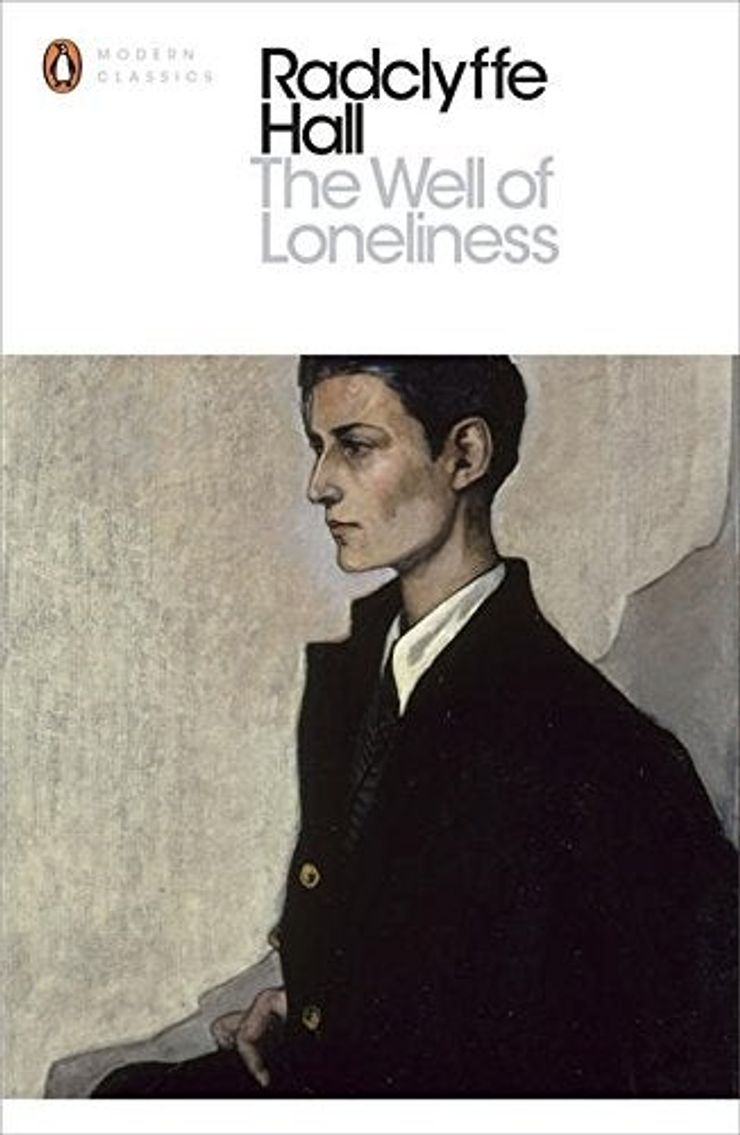
Whilst non-binary narratives like this one are becoming more and more welcomed, a hundred years ago The Well of Loneliness was labelled as a ‘contamination and corruption of English fiction’ for its portrayal of a young woman falling in love with another young woman. The story follows Stephen Gordon as she meets and falls for Mary Llewellyn during the First World War. The legal battle to get Hall’s novel published increased the visibility of lesbian culture, but the book remained banned until after her death in 1943.
Lady Chatterley's Lover
by D. H. Lawrence
In Lady Chatterley’s Lover, D. H. Lawrence tells the story of a wife yearning for human contact after her husband returns from war paralysed, and her subsequent illicit and passionate affair with their estate’s gamekeeper, Mellors. The book was published privately in 1928 but banned in the UK and America. After a groundbreaking obscenity trial against Penguin Books, it was published in 1960 and promptly sold three million copies.
Lolita
by Vladimir Nabokov
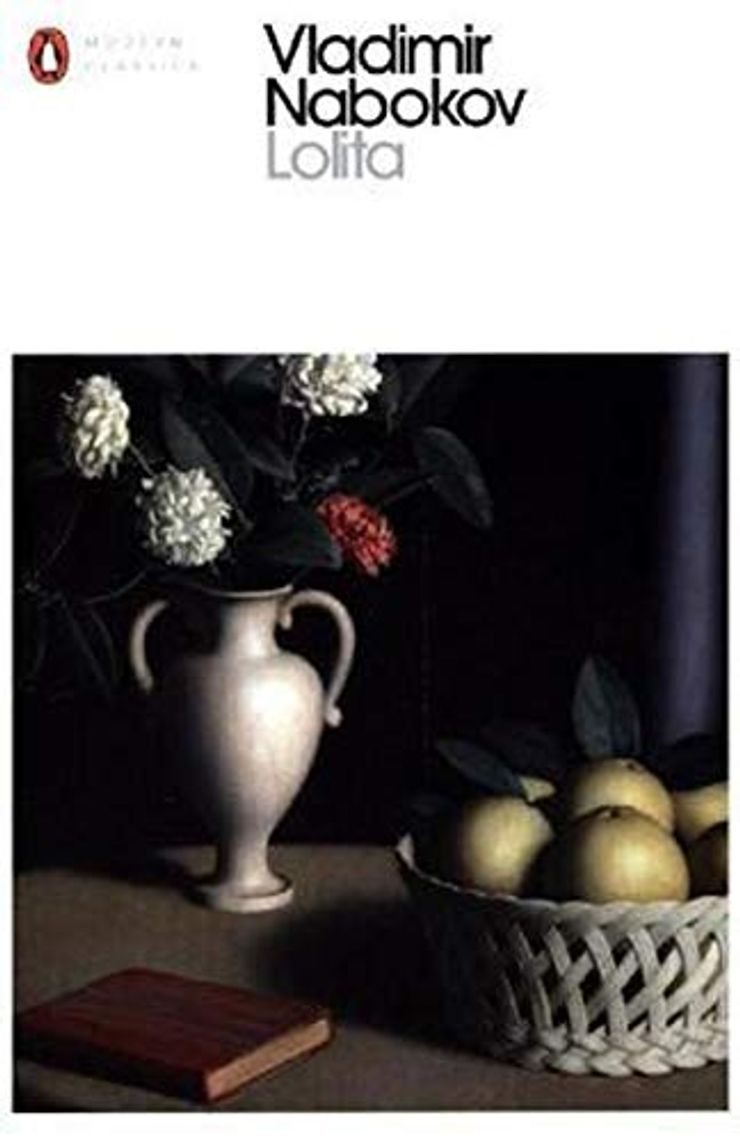
In Lolita, Vladimir Nabokov addresses one of the most taboo subjects of our era. The novel invites readers, very much against their will and without realising it, to sympathise with Humbert Humbert: a man obsessed with sexualising young girls. It’s no surprise that this book was banned upon publication in the 50s, but its literary potential was realised by an American professor shortly afterwards as he jumped through all the hoops to get this book on his class reading list.
Brave New World
by Aldous Huxley
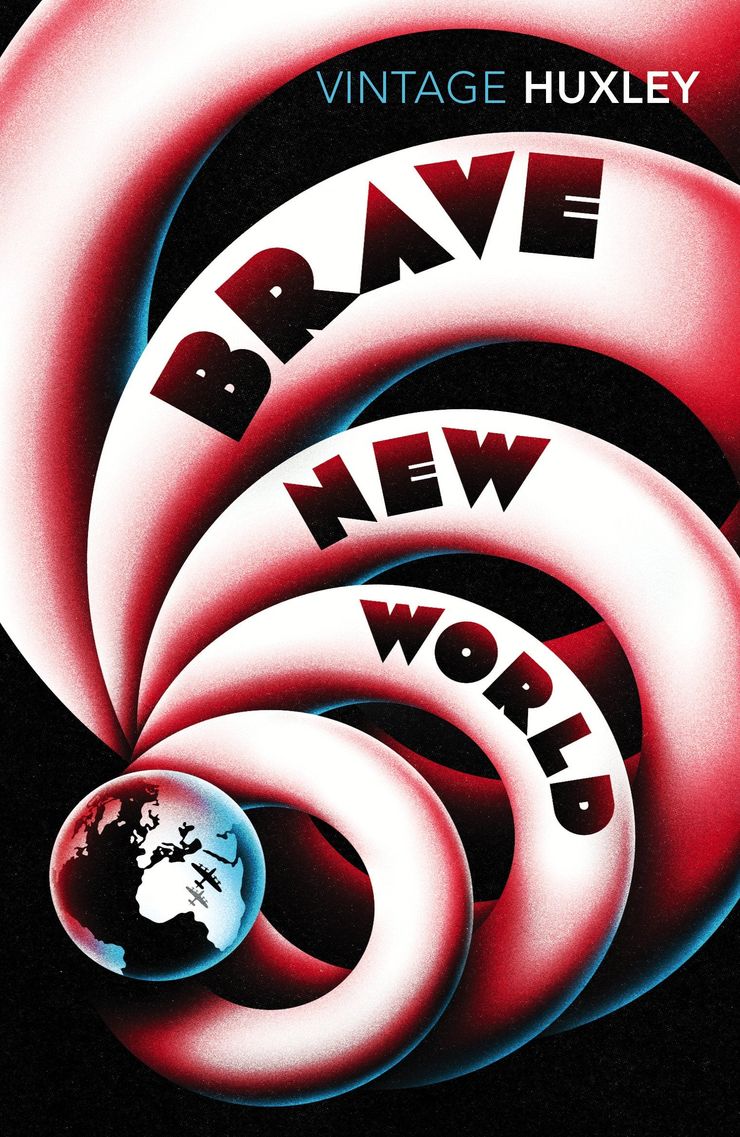
Presenting a stark vision of our future world - where babies are manufactured on conveyor belts, non-conformists are banished like zoo animals to ‘The Reservation’, and dosing up on chemicals is the norm - Huxley’s 1932 utopian-turned-dystopian novel evoked fear in many Americans, resulting in it being banned from many school syllabuses in the mid-twentieth century.
Ulysses
by James Joyce
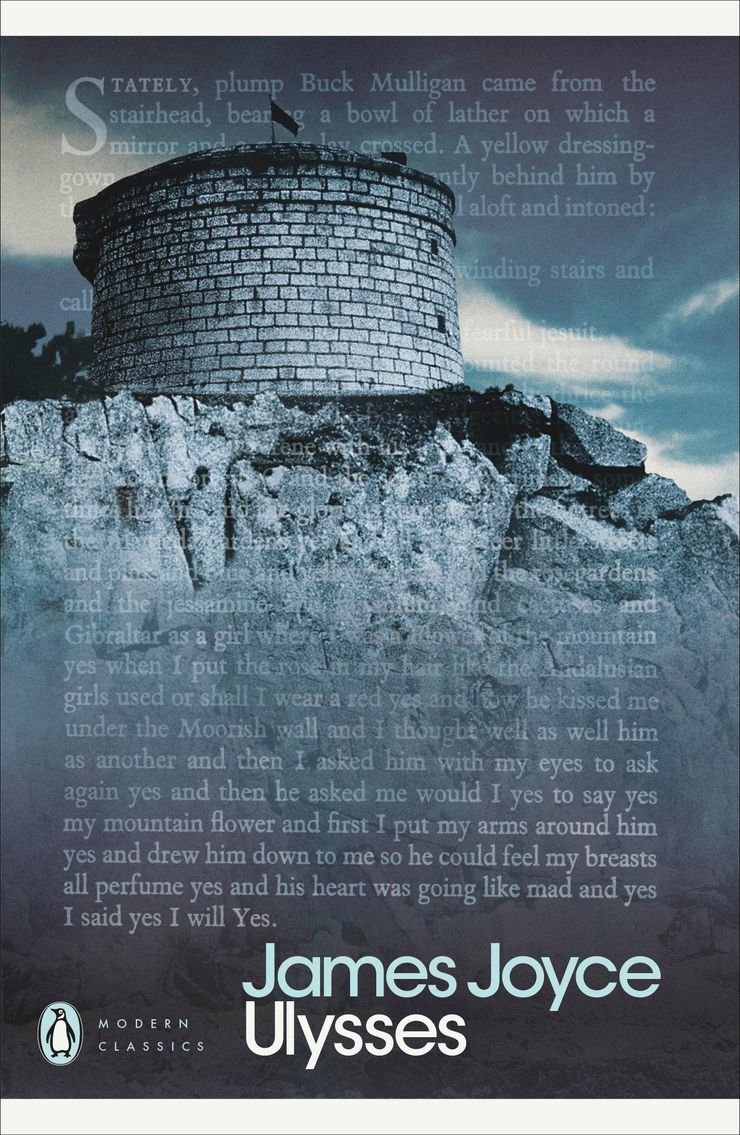
Loosely based on the Odyssey, this landmark of modern literature follows ordinary Dubliners in 1904 and is now considered a major achievement of twentieth-century literature. But when it was first published in 1922, Joyce’s masterpiece was considered a danger to the impressionable minds of young girls. Authorities feared Ulysses would corrupt them with passion and loose morals, which resulted in the novel being banned after one of the most famous trials in literary history.
